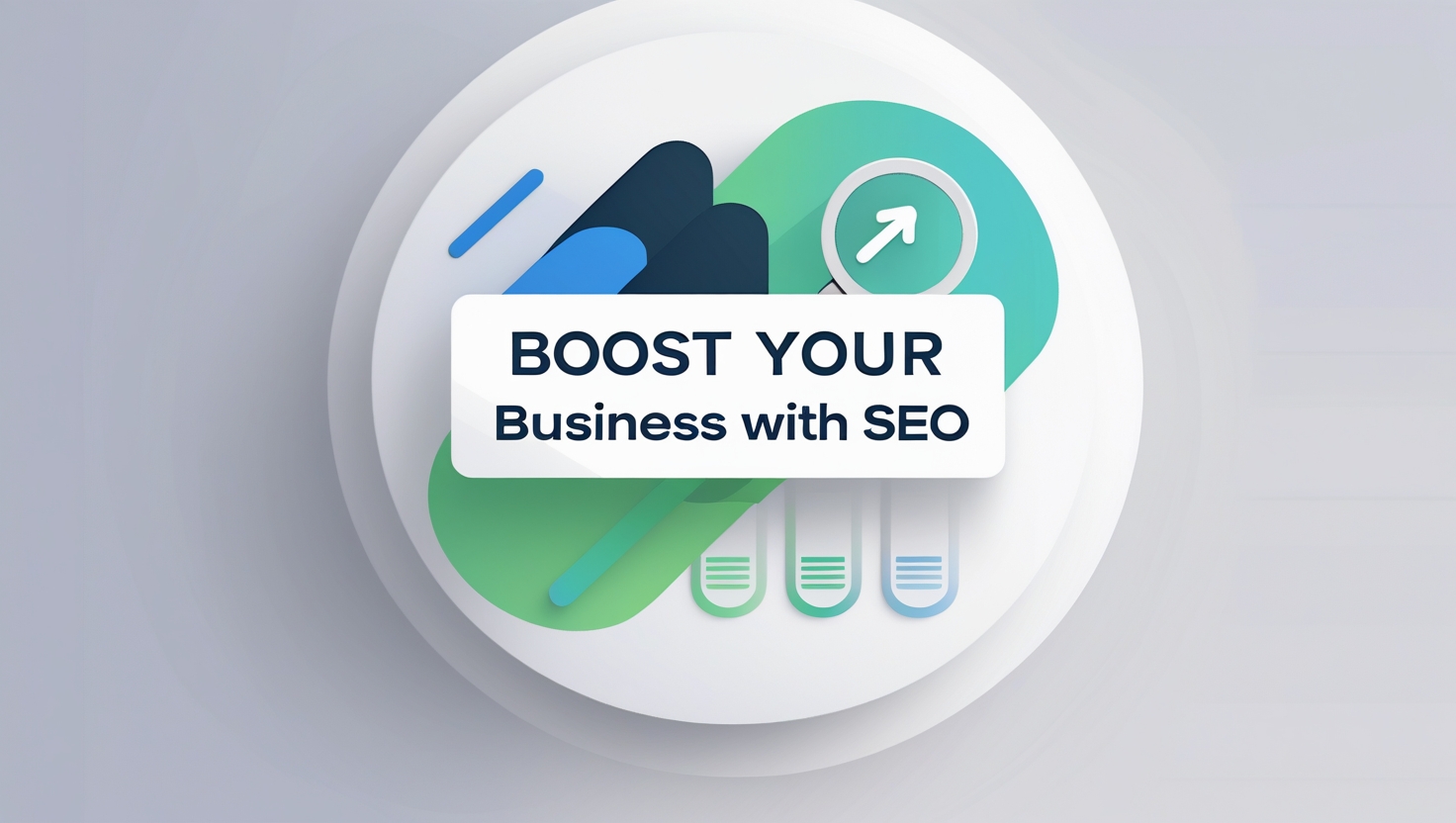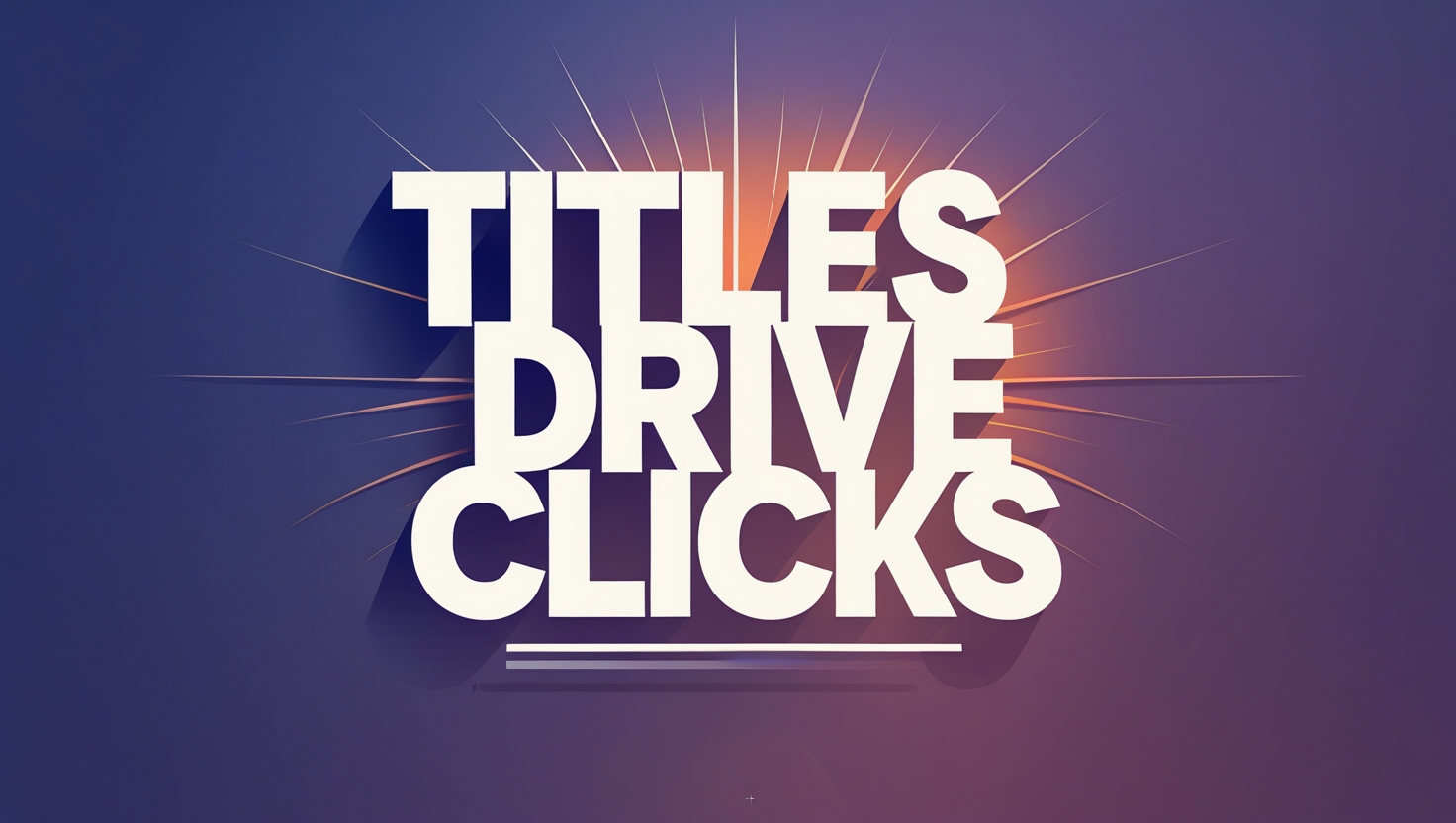12 | Mar
clevpro
12 Mar, 2025
E-Commerce Marketing Made Simple: 8 Actionable Steps to Boost Sales

A Step-by-Step Guide to E-commerce Marketing (That Won’t Put Your Audience to Sleep)
Your superior online store struggles to generate sales at a pace which can be compared to slow drops. Sound familiar? You’re not alone. The finest products require active promotion in order to generate sales. The solution for a sales turnaround does not require an expensive agency or six-figure budget. The guide provides step-by-step action items which successful online stores actually utilize for achieving marketing success.
Step 1: Figure Out Who’s Buying (Hint: It’s Not “Everyone”)
If you try to sell to everyone, you’ll end up selling to no one. Start by asking:
- “Who keeps buying from me?” Dig into your existing customer data (Shopify, WooCommerce, or Google Analytics). Look for patterns: Are they mostly moms in their 30s? College students on a budget?
- Create a “buyer persona”: Give your ideal customer a name, age, job, and hobbies. Example: “Fitness Fiona, 28, works remotely, loves yoga, and shops for eco-friendly activewear.”
- Stalk your competitors (legally): Check reviews on their websites or Amazon listings. What do customers complain about? That’s your opportunity to do better.
Step 2: Fix Your Website’s “Invisible” Problems (aka SEO)
You could have the prettiest site on the internet, but if Google can’t find it, you’re toast. Let’s fix that:
- Keyword research made simple: Use free tools like Google Keyword Planner or AnswerThePublic. Target phrases like “waterproof hiking backpack under $100” instead of “backpacks.”
- Speed matters: If your site takes longer than 3 seconds to load, 53% of visitors leave. Use GTmetrix or PageSpeed Insights to find and fix slowdowns (e.g., compress images, ditch clunky plugins).
- Write product descriptions that don’t suck:
❌ “High-quality yoga mat for sale.”
✅ “Extra-thick non-slip yoga mat—perfect for sweaty hot yoga sessions or joint-friendly floor workouts.”
Step 3: Run Ads That Don’t Feel Like Ads
Paid ads can be a money pit… or a goldmine. Here’s how to do it right:
- Google Shopping Ads: These show your products at the top of search results. Use crisp product photos and include keywords in titles (e.g., “Men’s Trail Running Shoes Size 10”).
- Facebook/Instagram Ads: Skip the generic “Shop Now” posts. Try carousel ads showing your product solving a problem. Example: Image 1: A cluttered kitchen. Image 2: Your space-saving organizer. Image 3: A happy customer testimonial.
- Retargeting: 70% of shoppers abandon carts. Use Google Ads or Facebook Pixel to show gentle reminders like, “Still thinking about those sneakers? They’re almost sold out!”
Step 4: Become the Go-To Expert (Without Writing a Textbook)
People buy from brands they trust. Here’s how to build that trust:
- Blog posts that answer real questions: Write guides like “How to Clean Suede Boots (Without Ruining Them)” or “10 Camping Hacks for Beginners.” Share these on Pinterest or LinkedIn.
- Short, snackable videos: No need for Hollywood budgets. Use your phone to film:
- “How it’s made” clips (e.g., hand-pouring candles).
- “Before/after” demos (e.g., stain-removing laundry detergent).
- “How it’s made” clips (e.g., hand-pouring candles).
- User-generated content (UGC): Repost customer photos/videos. Offer a discount code for submissions.
Step 5: Email Marketing—Your Secret Sales Machine
- Offer a bribe (a nice one): Give a 10% discount in exchange for email sign-ups. Place a pop-up on your homepage with a timer: “Get 10% off in the next 10 minutes!”
- Segment like a pro:
- Send personalized product recommendations (e.g., “Hey Sarah, you’ll love these new hiking socks!”).
- Create a “VIP list” for big spenders with early access to sales.
- Send personalized product recommendations (e.g., “Hey Sarah, you’ll love these new hiking socks!”).
- Abandoned cart emails: Send a 3-email sequence:
- “Forgot something?” (1 hour later).
- “Free shipping if you complete your order!” (24 hours later).
- “Last chance—items selling fast!” (48 hours later).
Step 6: Social Proof = Free Salespeople
Nothing kills a sale faster than a bare product page. Add:
- Customer reviews with photos: A 5-star rating means nothing without context. Encourage buyers to upload selfies with your product.
- Trust badges: Display icons like “Secure Checkout,” “Free Returns,” or “2,500+ Happy Customers.”
- Live chat: Tools like Tidio or Zendesk let you answer questions in real-time. Example: Customer: “Does this jacket fit true to size?” You: “Yes! I’m 5’9” and wear a medium. Want sizing tips?”
Step 7: Track, Tweak, Repeat
Marketing isn’t a “set it and forget it” game. Use these free tools:
- Google Analytics: Check which pages get the most traffic and where people drop off.
- Hotjar: Watch recordings of real users navigating your site. Do they get stuck on the checkout page?
- Meta Ads Manager: Kill underperforming ads and double down on what works.
Step 8: Stay Consistent (Even When You’re Sick of It)
Results take time. Here’s how to stay motivated:
- Batch-create content: Spend one afternoon writing 4 blog posts or filming 10 short videos.
- Repurpose content: Turn a blog post into a YouTube video, Instagram carousel, and email newsletter.
- Celebrate small wins: Hit 100 email subscribers? Treat yourself to coffee. Got your first 5-star review? Screenshot it and share it everywhere.
Final Thoughts: Start Small, Think Big
You don’t need to do everything at once. Pick one step—like optimizing your product pages or launching retargeting ads—and master it. Track your results, then move to the next. Remember, even Amazon started in a garage.








